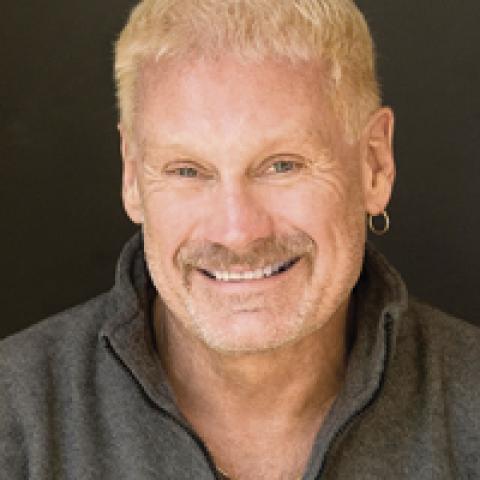On Saturday evening, October 9, at 7 p.m. in the First Congregational
Church of Stratford, CT - 2301 Main Street, Stratford, Exit 32 on I - 95, there is a
special GALA KEYBOARD CONCERT to celebrate Dr. Joe's 60th birthday and
to launch Joe's two latest CDs released on the Jazzmuze, Inc. label:
jazzDREAMz
Dr. Joe's JAZZ Gospel
Joe will play cuts from his new CDs, recorded on the magnificent
instrument in the Spencerville 7th Day Adventist Church in Silver Spring, MD,
with the highly applauded recording engineer Ed Kelly.
Both pianists--Gold Medal winner of the Santander International Piano
Competition David Allen Wehr and English organist Dr. Andrew Shenton--will
perform Utterback works they have recorded and premiered and will join for a
rendition of the famous duet Images, recently performed in July before an audience
of 1,000 at the L.A. convention of the American Guild of Organists by the
Canadian Duo Majoya, who recorded Skyscape, which included all Utterback concert
duets and garnered five stars out of five in Canada.
This will be a joyful concert of Joe's music by remarkable artists. An evening to remember!
There are no tickets - and no gifts for Joe! A reception will follow in Upper Packard Hall.
Some of Joe's friends are already planning to attend the morning service the next day at the church on the 10th. Join Joe for His special weekend! Help make this 60th special! With you there Joe will know it going to be a really special time!
Gala keyboard concert will celebrate Joe Utterback's 60th birthday
Bill Todt




